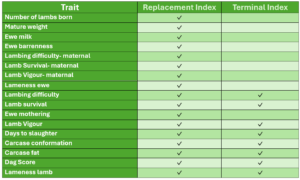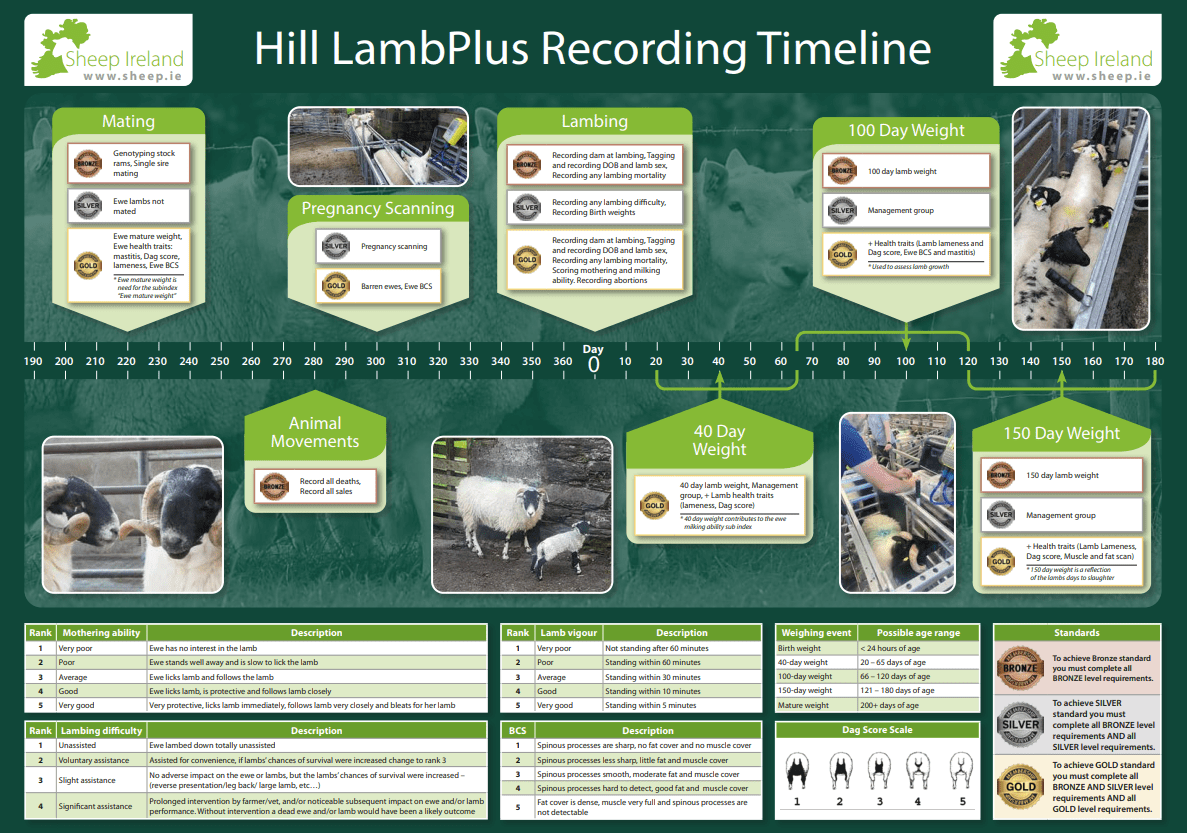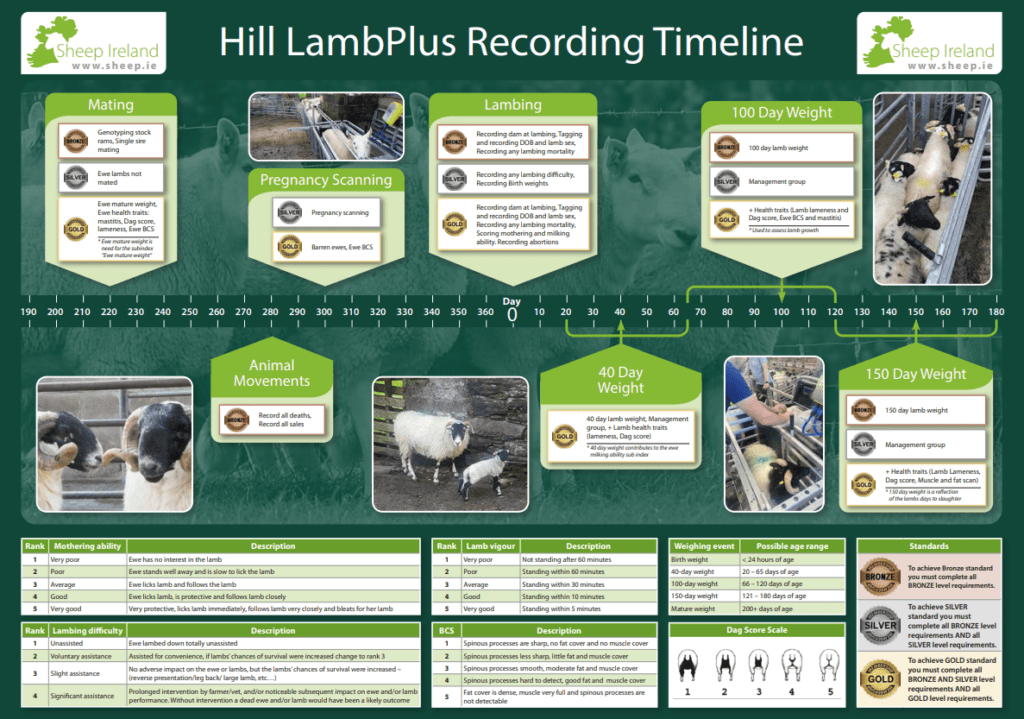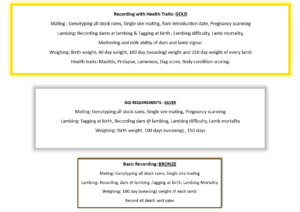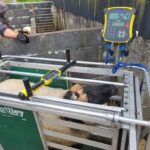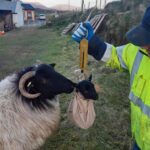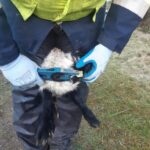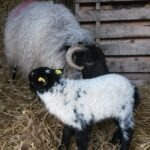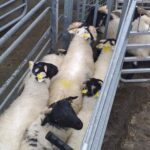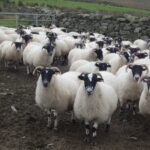LambPlus is the performance recording service provided by Sheep Ireland to all pedigree and commercial sheep farmers in Ireland. There are approximately 80 Hill flocks recording with LambPlus for the 2024 season.
The launch of the Sheep Improvement Scheme in 2023 has provided a large bank of genomic data for all hill breeds (over 6,000 sheep genotyped across all hill breeds). Genotypes collected over the course of the scheme will provide a baseline for genetic gain in the hill sector and contribute to increasing the accuracy of a hill sheep Index.
LambPlus aims to collect as much performance information as possible for use in the genetic evaluations. LambPlus breeders collect a wide range of data on their flock right across the year.
These flocks will receive a Eurostar-rating on the whole flock provided they meet the DQI (Data Quality Index) requirement of 40% +. Eurostar evaluations allow breeders to identify the most profitable breeding lines within the flock and select replacements from these lines, increasing the farms overall profits.
Sheep Ireland have designed a specific recording timeline for the Hill sheep sector, which will aid performance recording of hill breeds. This has been posted to all Lamb Plus hill flocks.
Click on the image below to download the new Hill LambPlus wallchart
Hill flocks will be scored on the commercial DQI scoring system. This tiered recording system (bronze-silver-gold) will make it easy for hill breeders to identify the necessary recordings to reach the minimum DQI% to generate Eurostar evaluations on the entire flock.
The more data we have on the flock- the greater the accuracy of all Eurostar Evaluations. Breeders are encouraged to record as much data as possible for their farm production system.
The bronze level recordings are the basic level flock recordings, all data needs to be recorded on time (within 2 weeks of the event occurring), with sufficient variation and something recorded for every animal (e.g. all ewes scanned; all lambs weighed).
Why should I record this data?
Each recording is inputted into our weekly genomic evaluation, that allows Eurostar figures to be calculated for your flock,
the more data recorded the more accurate these figures are!
Some recordings are highly representative of important traits within the indexes, these are very important to record!
- Parentage needs to be recorded for all lambs! Without ancestry records its impossible to identify which ancestral lines are the most efficient based on genetics.
- Ewe mature weight – contributes to “Mature weight” in the Replacement Index.
- Pregnancy scanning results – are representative of the “Number of Lambs born” subindex of the Replacement Index.
- Lambing Difficulty and Lamb Survivability – (both accounted for in Replacement and Terminal Index) are calculated from the lambing data recorded as well as the data recorded on any performance recorded ancestry.
- Birth weight – needed to calculate the weight gain of lambs (ADG).
- 40 day weight – is a representation of the ewes milking ability.
- 100 Day weight – assesses lamb growth rate contributing to both the Replacement and Terminal Index.
- 150 Day weight – is a direct contributor to the Days to Slaughter Index. Muscle and fat scanning will also contribute to your lambs terminal Index, here we can score the carcass of your pedigree lamb and predict that animals future progeny’s performance.
What traits contribute to each Index?
